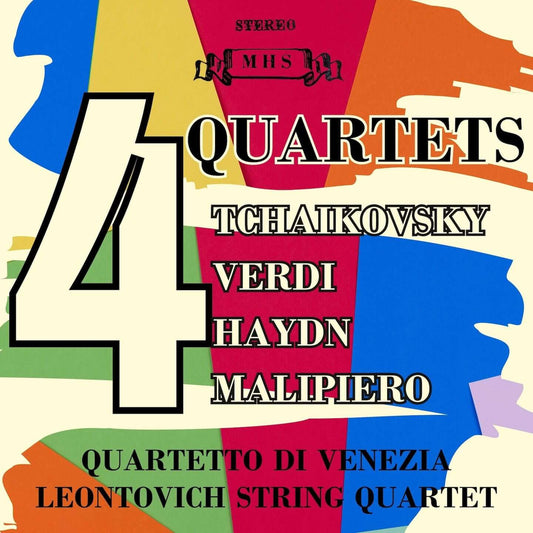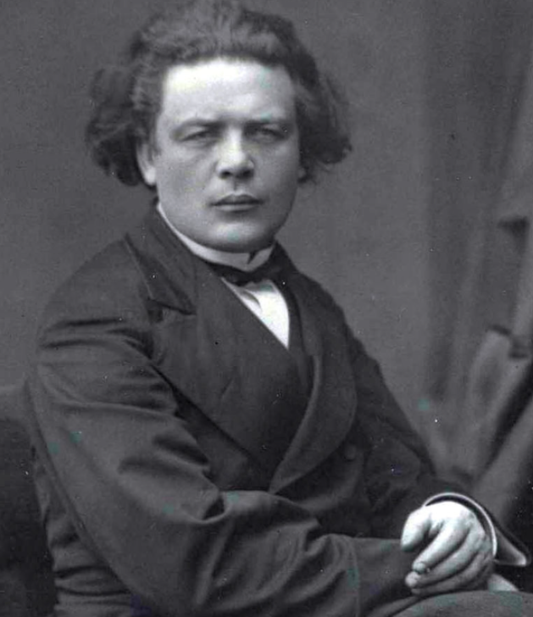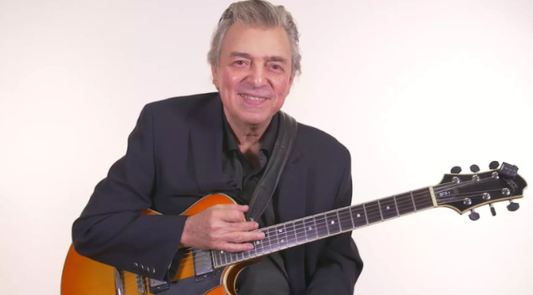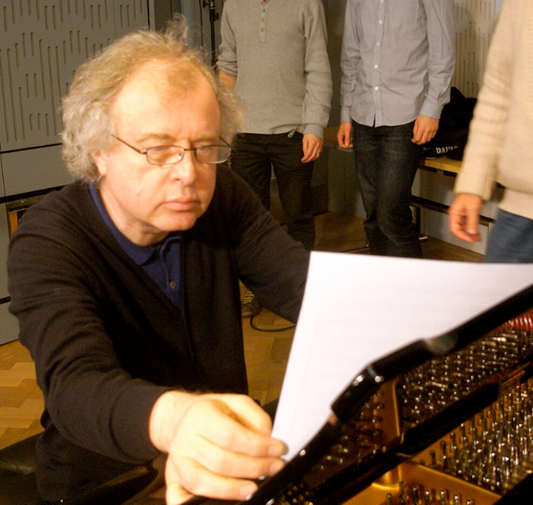Collection: GIUSEPPE VERDI (1813-1901)
Giuseppe Fortunino Francesco Verdi (1813-1901) remains arguably the most dominant and beloved figure in the history of Italian opera. For over half a century, his works captivated audiences with their potent drama, unforgettable melodies, and deep exploration of human emotion, making him a national icon and a composer whose music continues to resonate profoundly worldwide.
Born in the small village of Le Roncole, near Busseto in the Duchy of Parma (then under French rule), Verdi came from modest beginnings. His father was an innkeeper and grocer. Recognizing the boy's precocious musical talent, local merchant Antonio Barezzi became his patron, funding his musical education in Busseto and later supporting his application to the Milan Conservatory. Ironically, Verdi was rejected by the prestigious institution, deemed over the age limit and lacking sufficient piano technique. Undeterred, he studied privately in Milan with Vincenzo Lavigna, a composer associated with La Scala.
Verdi's early career was marked by searing personal tragedy. His first opera, Oberto, Conte di San Bonifacio (1839), achieved moderate success at La Scala, securing him a contract for more works. However, between 1838 and 1840, his two young children and his beloved wife, Margherita Barezzi (his patron's daughter), all died from illness. Devastated, Verdi nearly abandoned composition altogether.
He was coaxed back to the theatre by the impresario Bartolomeo Merelli, who pressed upon him the libretto for Nabucco (1842). The opera, particularly its Chorus of the Hebrew Slaves, "Va, pensiero," struck an immediate chord with Italian audiences yearning for unification and freedom from foreign rule. Its themes of oppression and longing for homeland resonated deeply during the Risorgimento (the movement for Italian unification), establishing Verdi as a powerful voice for national aspirations. "Va, pensiero" became an unofficial anthem, and shouts of "Viva VERDI!" sometimes served as a coded acronym for "Viva Vittorio Emanuele Re D'Italia" (Long live Victor Emmanuel King of Italy).
This success launched Verdi into what he later called his "galley years," a period of intense productivity where he churned out numerous operas for houses across Italy and Europe. While varying in quality, this period saw the creation of enduring works like Ernani (1844) and Macbeth (1847), his first Shakespearean adaptation, showcasing his growing mastery of dramatic pacing and characterization.
The early 1850s marked a pinnacle of Verdi's creative genius with the composition of three undisputed masterpieces: Rigoletto (1851), Il trovatore (1853), and La traviata (1853). These works cemented his international fame. Rigoletto, based on a controversial Victor Hugo play, offered a dark portrayal of power, lust, and vengeance. Il trovatore thrilled audiences with its convoluted plot, passionate intensity, and abundance of hit tunes. La traviata, based on Dumas fils' La Dame aux Camélias, brought contemporary social issues and psychological realism to the operatic stage, initially shocking but ultimately captivating audiences with its tragic romance.
As his fame grew, Verdi became more selective, commanding higher fees and greater artistic control. He settled at his estate in Sant'Agata with Giuseppina Strepponi, a renowned soprano (who had sung in Nabucco) and his companion for decades before their eventual marriage. Major works from his later middle period include Un ballo in maschera (1859), La forza del destino (1862), and Don Carlos (1867). Commissioned for the opening of the Suez Canal, Aida (1871) blended grand spectacle with intimate emotional drama, becoming one of his most popular operas. His Messa da Requiem (1874), written to honor the writer Alessandro Manzoni, is a powerful, operatic-scale sacred work.
After a long hiatus, Verdi returned to opera, collaborating with librettist Arrigo Boito on two final Shakespearean masterpieces: Otello (1887) and Falstaff (1893). These works demonstrated a remarkable evolution in his style, featuring greater orchestral sophistication, seamless integration of recitative and aria, and profound psychological depth. Otello is a searing tragedy, while Falstaff, composed when Verdi was nearly 80, is a brilliant comic opera bubbling with wit and humanity.
Verdi died in Milan in 1901, prompting a national outpouring of grief. His legacy is immense. He refined and elevated Italian opera, focusing on dramatic truth and creating complex characters propelled by powerful melodies. He was a master craftsman, deeply practical about the demands of the theatre, yet his music possessed universal appeal. A landowner and philanthropist, he established the Casa di Riposo per Musicisti, a retirement home for musicians in Milan, where he is buried alongside Giuseppina. Giuseppe Verdi remains not just a composer, but the very soul of Italian opera.




